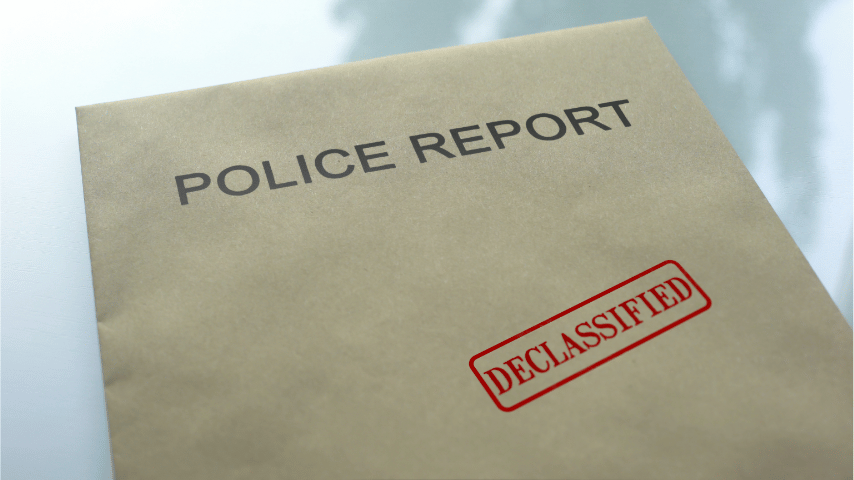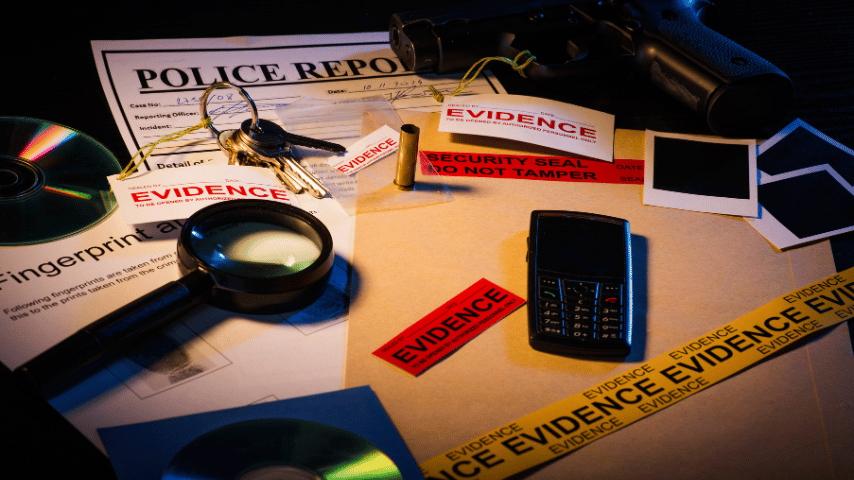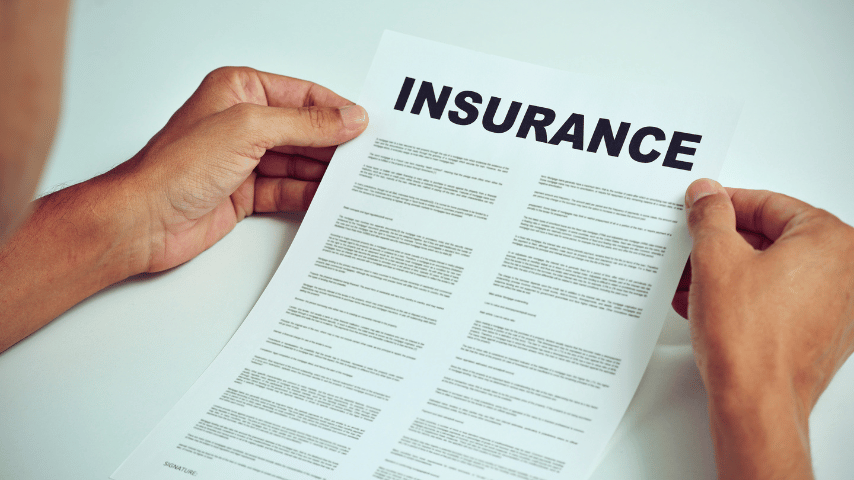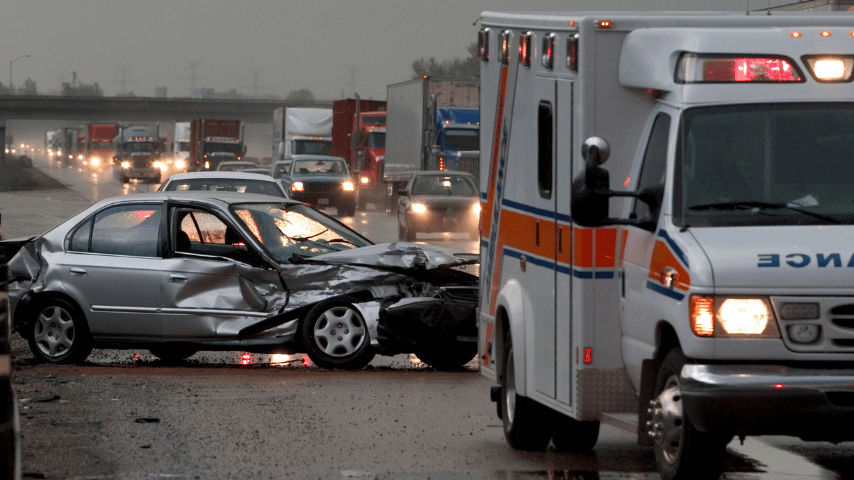Road mishaps are an unfortunate reality of modern life, and when they occur, one of the most critical questions that arises is, “Who is at fault?” Determining fault is a complex process that influences legal outcomes and insurance claims. In cities with heavy traffic accidents can range from simple fender benders to complicated truck collisions. The stakes are high, and the process can become convoluted. A total of 35% of all fatal motor vehicle accidents occurred due to impaired driving. Intoxicated drivers alone account for a total of 13,695 fatalities. This blog explores the various methods and considerations involved in determining fault in road mishaps, a crucial step for justice and compensation.
Police Reports
The first official document that often comes into play in the aftermath of a road accident is the police report. Law enforcement officers responding to the accident will assess the scene, take statements from those involved and any witnesses. They compile a report that often includes a determination of fault. This report can be a pivotal piece of evidence if the case escalates to legal proceedings. This makes the immediate call to the police after an accident a critical step.
It’s important to obtain a copy of this report for your records. In some cases, the report might contain inaccuracies. If you find any, it’s crucial to address these by contacting the law enforcement officer. Contact the one who filed the report or provide additional evidence to the relevant authorities.

Traffic Laws
A thorough understanding of local traffic laws is essential when determining fault. Violations such as speeding, illegal turns, or failure to yield often point to negligence. Legal professionals, including a truck accident lawyer for truck-related mishaps, will often refer to the state’s vehicle code. Or local traffic laws to establish if any violations by the parties involved might have contributed to the accident.
Keep in mind that traffic laws can vary significantly from one jurisdiction to another. What’s considered a minor violation in one area might be a serious offense in another. Familiarizing yourself with these nuances, or working with a professional who is, can significantly impact the fault determination process.
Evidence from the Scene
Photos, videos, and witness statements from the accident scene can be crucial in determining fault. They provide a real-time account of the circumstances leading up to the accident and its aftermath. This evidence can show road conditions, vehicle positions, traffic signs, and other crucial factors. It’s important to gather this information promptly, as conditions can change and memories can fade.
In today’s digital age, don’t overlook potential digital evidence. Nearby surveillance cameras, dash cams, or even mobile phone footage from bystanders might provide additional perspectives. This is for the accident that wasn’t immediately apparent at the scene.

Vehicle Damage
The extent and location of the damage on the vehicles involved can provide significant insights into how the accident occurred. Another 1,593,390 crashes resulted in injuries and 3,621,681 caused property damage. That means a total of 5,250,837 collisions happened over the course of a single year. Experts can reconstruct the accident’s dynamics based on damage patterns, helping to clarify the events leading up to the collision. This method is particularly useful in accidents where the cause is not immediately apparent or in complex accidents involving multiple vehicles or large trucks.
Remember, while vehicle damage can tell a story, it’s only one piece of the puzzle. Comprehensive fault determination considers multiple evidence sources, especially in more complex scenarios like multi-car pile-ups or accidents involving commercial vehicles.
Expert Reconstruction
In some cases, particularly when the accident’s dynamics are complex or disputed, accident reconstruction experts may be brought in. These professionals use scientific principles, advanced software, and sometimes even staged recreations to understand the accident’s mechanics. Their findings, while technical, can carry significant weight in legal proceedings.
While expert reconstruction can be a valuable resource, it’s also often expensive. Generally, this method is reserved for cases where the potential compensation is high enough to justify the cost. The accident circumstances are exceptionally unclear or disputed.
Insurance Company Role
Insurance companies play a significant role in determining fault during accident and injury compensation. They conduct an independent investigation, which includes reviewing the evidence, medical reports, and the statements made by those involved. It’s important to note that insurance companies have a financial interest in the outcome. It may not always align with your perspective.
In 2022, the average cost of car insurance for a 20-year-old man was around 142 U.S. dollars, and for a 20-year-old woman, it was around 126 U.S. dollars. Be cautious when speaking with insurance adjusters, as they’re trained to save their company money during accident claims. They often do this by reducing payout amounts or denying claims. It’s often advisable to consult with a legal professional, like a truck accident lawyer in El Paso, before providing detailed statements to another party’s insurer.

Determining fault in a road mishap is a multifaceted process that can significantly impact the involved parties’ legal and financial futures. It requires a careful review of all available evidence, a deep understanding of local traffic laws, and sometimes the input of experts. Whether you’re dealing with a minor collision or a major accident involving commercial vehicles. It is important to know your rights and the resources available, including legal professionals like a truck accident lawyer, are crucial. As you navigate the aftermath of a road accident, remember that establishing fault is a key step in achieving justice. It also helps in obtaining any compensation you may be entitled to.

